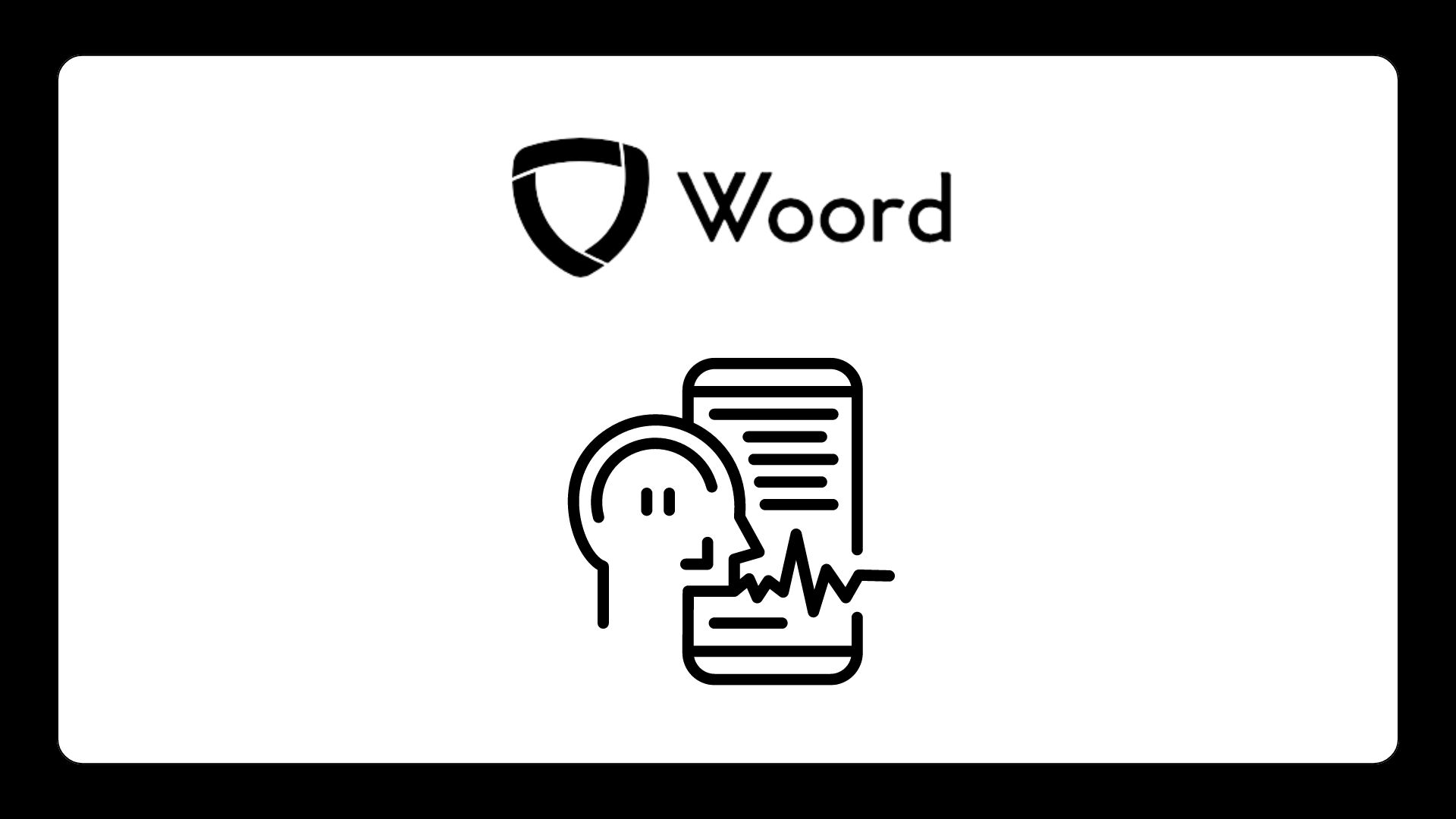Text To Speech Software: High Quality Voice Conversion

In an increasingly digital world, the way we interact with technology is evolving at a rapid pace. Among the innovations reshaping communication is Text To Speech Software, a tool that transforms written text into spoken words. This technology, which may have once seemed like the stuff of science fiction, is now a crucial component of many applications and industries. By converting text into audio, TTS software not only enhances accessibility but also opens new avenues for productivity, learning, and content creation. As we delve into the intricacies of TTS software, we will explore its significance, the technological advancements that have shaped it, and its far-reaching impact across various sectors.
Overview of Text to Speech Software: What It Is and Why It Matters
Text to speech software is essentially a technology that speaks written text aloud. Through the use of a synthetic voice, the text is read aloud, enabling individuals who would find it difficult to read or who have visual impairments to access the content to do so. The ability of TTS software to generate speech that varies from simple, robotic tones to more complex, natural-sounding voices that nearly resemble human speech is what really sets it apart.
The importance of TTS software cannot be overstated. It is a powerful tool for accessibility, enabling individuals with disabilities to interact with content that would otherwise be out of reach. Moreover, in an era where multitasking is the norm, TTS software allows people to consume written information in audio form, whether they’re driving, exercising, or simply seeking a hands-free way to engage with content.
The Growing Demand for High-Quality Voice Conversion in Various Industries
Numerous businesses are seeing an increase in demand for voice conversion services of the highest caliber. TTS software is used in education to provide course materials to students with a range of learning requirements, including auditory learners. To improve efficiency and streamline communication, TTS technology is used in the corporate world to automate voice messages, presentations, and customer support interactions.
Text to Speech software is being used by content producers to create voiceovers for podcasts, films, and other multimedia projects. This guarantees consistency across content and lessens the need for costly voice talent. TTS is also used in the healthcare sector to enhance patient care by allowing medical personnel to swiftly acquire and assimilate vital information without being confined to a screen.
Recap
You can edit almost any kind of text. Books, blogs, news stories, research papers, and other compositions are examples of written literature. In 34 languages, there are more than 100 speaking voices. Regional translations are available for a wide range of languages, including Brazilian Portuguese, Canadian French, and others.
For MP3 downloads and audio hosting, use an HTML embed audio player. This suggests that audio files may be present in YouTube videos and online courses offered for a fee. Thanks to its advanced artificial intelligence (AI) technology, it can create sounds that strikingly mimic human speech.
A Woord user can monitor any unused audios month-to-month if their subscription is active. We call this function accumulated audio. If a customer with a Starter Subscription only listens to five of the ten audios they receive each month, the remaining five will be carried over to the next month. This suggests that the consumer will have access to fifteen audios in total during the second month.

